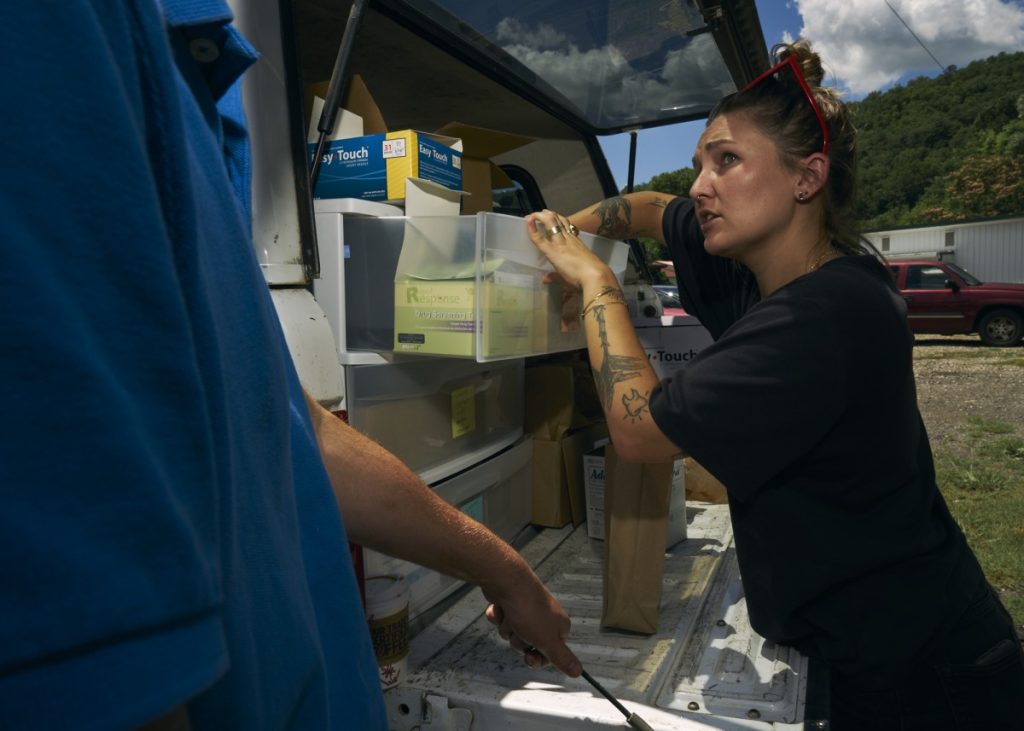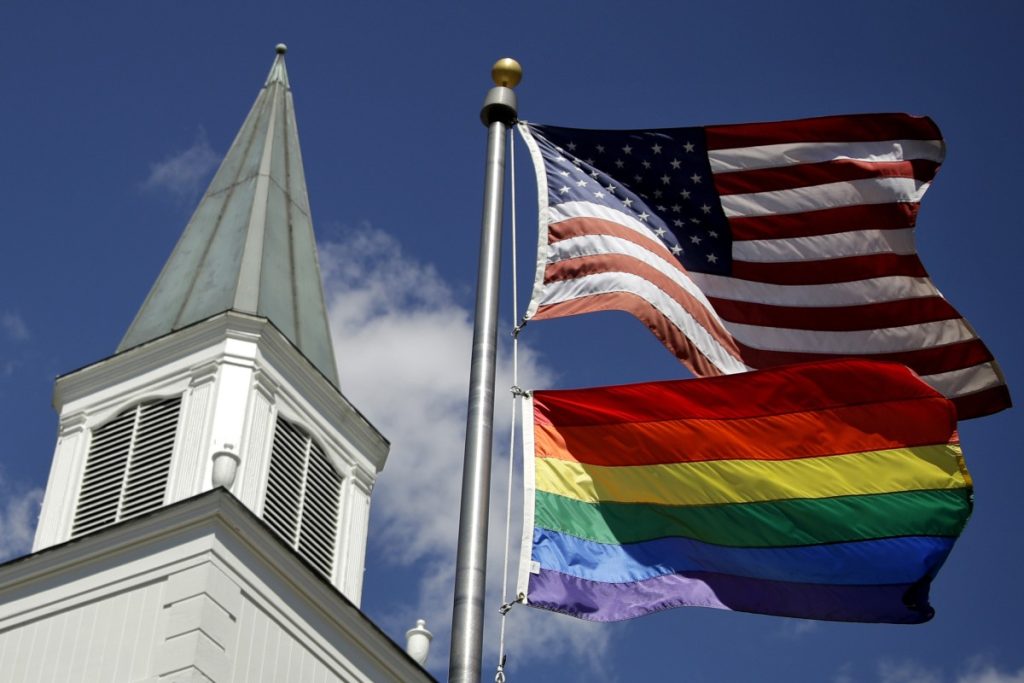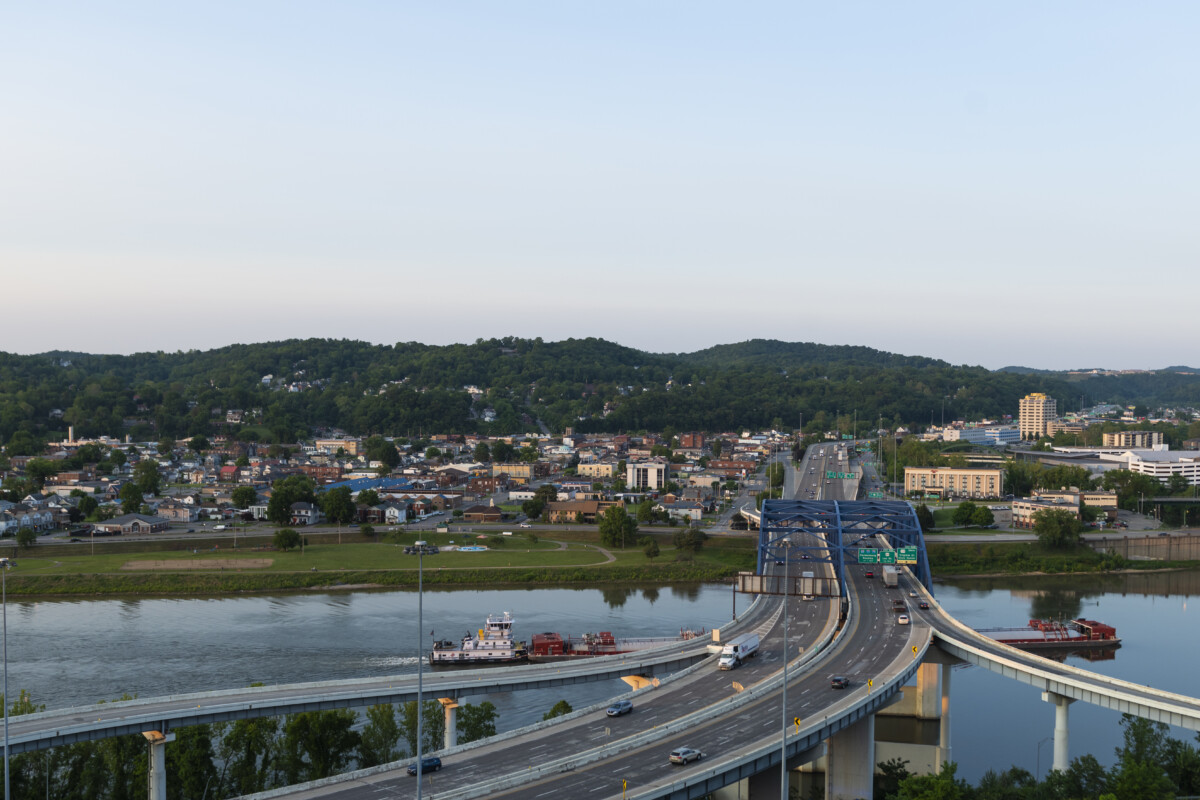As we prepare to close the book on 2023, the staff here at 100 Days is thinking back on some of the writing that resonated with them this past year. With topics ranging from religion to community, check out some of their favorites below.
‘Harm Reduction Saves Lives’: Meet the Appalachians Doing the Work
by Taylor Sisk

There’s a phrase writers often use to describe good writing: “Show, don’t tell.” It’s a concept my colleague at 100 Days Taylor Sisk understands and applies very well in the story “‘Harm Reduction Saves Lives:’ Meet the Appalachians Doing the Work.”
Taylor takes us into the work of people like Ainsely Bryce, director of Holler Harm Reduction based in the North Carolina mountains. On a hot Saturday morning, Bryce and a colleague discreetly distribute supplies like clean needles, naloxone, lip balm and Pedialyte from the parking lot of a Dollar General Store. Taylor also describes the people who show up for help. They are human beings who need help, and Bryce provides it, no questions asked.
Taylor’s writing, along with Stacy Kravitzs’ photos, showed the community and respect – the humanity – of those giving help and those receiving it.
There are lessons here, I think, about central Appalachia and the people who live here. Our region has run politically red for the past several election cycles, and as Taylor points out, conservative political leaders have not passed policy that aligns with the science of harm reduction.But our people keep showing us that there is another way. A way to address the region’s challenges with kindness and tenacity; with the conviction that ultimately we have to help each other to solve our problems. That we are more than any simplistic red state trope. This is the kind of reporting that I love, and it’s our bread and butter here at 100 Days. We can be honest about the challenges our region faces while lifting up the work and humanity of the people who live here.
– Laura Harbert Allen, Religion Reporter
Protestant Leaders Balance Cultural Divides as LGBTQ Issues Split Appalachian Statehouse
by Laura Harbert Allen

What I love about Laura’s work on our religion beat is that it complicates the often black-and-white story people outside our region seem to want to tell about it. Religion, and its role in our lives, is as nuanced as any other aspect of it.
I always appreciate Laura’s capacity to tell stories with empathy, but it’s a skill that’s especially important when tackling a topic like LGBTQ rights in the church. This story is a great example of that.
Like all good journalism, this story doesn’t push an agenda, but simply shows what the conversation around gay rights within Appalachian religious communities looks like.
– Jesse Wright, Chief Data Officer and Contributing Editor
The West Side: A Community Defining Its Future
by Laura Harbert Allen and Taylor Sisk

My favorite story of the year was actually a series of stories – a series in which I was privileged to be involved. It’s titled “The West Side: A Community Defining its Future,” and it was a collaboration with 100 Days religion reporter Laura Harbert Allen. The four-part series explores the challenges Charleston, West Virginia’s West Side community is facing and how the community is responding, both on a day-to-day basis and more strategically.
There are two primary reasons I’ve selected it as my favorite. First, because collaborating with Laura was a great experience and a pleasure. Religion and health care (my beat) are major themes in the series, and I think we complemented each other very nicely.
The second reason is that it was a rare opportunity to do deep-dive journalism. Laura and I spent quite a bit of time reporting (nearly a year), and I’m very grateful for being given that opportunity. I hope and trust more such lies ahead.
See the series for yourself here.
– Taylor Sisk, Health Care Correspondent
Creators and Innovators Newsletter: “A live memory of a dead reality.”
by Tucker Jones

Tucker Jones and I first met in the airport as we were flying to Dublin for a three-week study abroad. I knew immediately he was something special. His writing for our Creators & Innovators Newsletter Series in November was tender, vulnerable and deep yet at the same time whimsical and humorous.
This one, in which he discusses finding the beauty even in ‘dead’ grass, is one I particularly enjoy – I won’t call it my ‘favorite,’ because as Tucker writes, favorites “suffice as responses to settle the dreaded burden of small talk, but I think that’s all they’re good for.”
– Skylar Baker-Jordan, Contributing Editor for Community Engagement
Appalachian DIY and the Places that House it
by Griffin McMorrow

Each week, Skylar Baker Jordan is writing beautiful prose in his newsletter, but this summer while Skylar studied abroad in the UK for his masters, he handed the reins over to some Appalachians with new and different perspectives on the region.
One of those, and one of my favorite newsletters of the year, came from a West Virginia native Griffin McMurrow. In this specific dispatch, “Appalachian DIY and the Places that House it,” Griffin laments on the loss of a Pittsburgh-based underground music and art space where you could experience punk, amateur wrestling and burlesque all in one night. A place where for a generation of young people, art wasn’t hierarchical but a celebration.
– Ashton Marra, Executive Editor
This Pride, ‘I Love My Hometown Whether It Loves Me Back or Not’
by Dani Lamorte

Pittsburgh-based artist and writer Dani Lamorte revisited his hometown of Vandergrift, Pennsylvania, for its PRIDE in the Park event in June 2023. Similar to many people in the region, Dani has a complicated relationship with his hometown – “Unreturned messages formed by queer youth in this small Appalachian town. I sent out little signals about my desires and needs, about the images I wanted to make of myself, and of the guttural ache to not be knocked around by school boards and church leaders. I wanted to ask for room to breathe.”
“When I opened my mouth, those same leaders crammed it full of words I couldn’t swallow…I choked until I left that town, found people who were throwing up all the same garbage as me. I found people who could return my message.”
Dani hasn’t lived in Vandergrift for 20 years, but upon returning for the town’s inaugural LGBTQ+ Pride event, he spent time with some of the town’s younger residents who are pushing for change.
While I’m not part of the LGBTQ community, many of the people I hold dearest to me are. And this uncomfortable existence in a town that isn’t willing to support your needs that Dani describes is a similar sentiment that my loved ones from around the region also hold of their hometowns. It’s also one I can personally relate after I too returned back to my hometown this summer, away from my found community, after not living here for a few years. I’ve spent a lot of time the last few months reflecting on all the ways growing up I felt like an outsider in my community, and even now at moments, for not existing amongst the norms set in my upbringing.
This piece, with the accompanying stunning images from Ava O’Brien, is a reflection about the fractured relationship to place that many in the region – across identities and generations – can relate to.
“It’s a difficult and indelible feeling, belonging to a place even if you can’t quite belong in a place,” Dani writes. “It’s the feeling that brought me to Vandergrift. I didn’t belong in Vandergrift when I was growing up, but now there are people who are willing to hear the messages I’m sending out.”
– Kristen Uppercue, Deputy Editor for Special Projects



